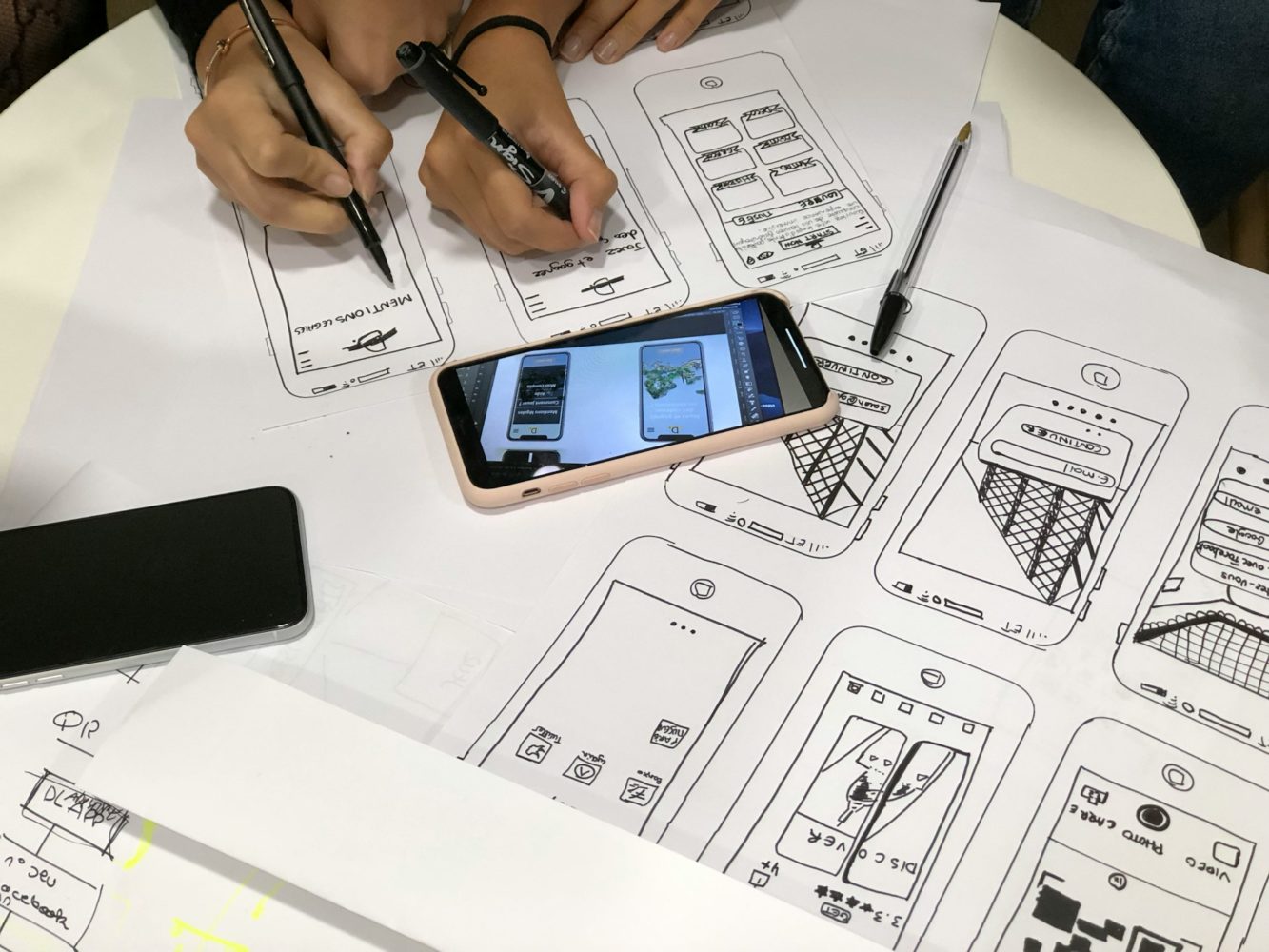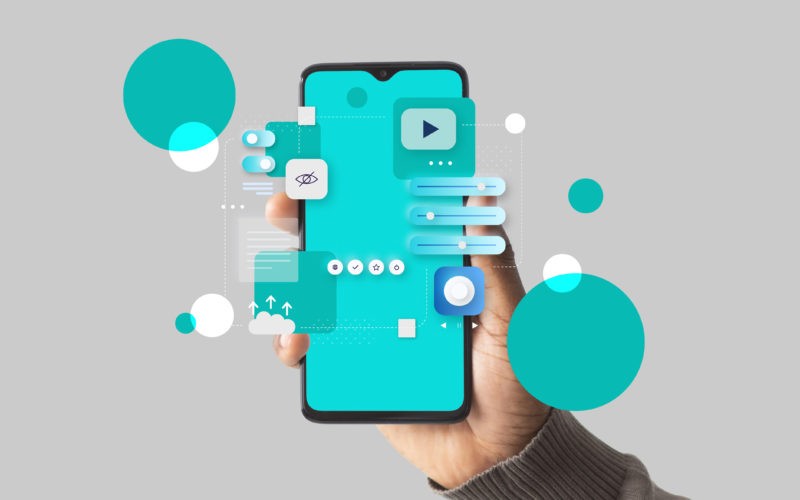There are all sorts of things that can make or break a new app. Poorly written backend code, sure. An awkward launch date, maybe. But one of the biggest reasons that users drop off, uninstall, or just never come back? Bad UI.
User interface design is one of those elements that can often get underestimated — especially by teams focused on engineering or functionality. But if the goal is to get your app into people’s hands and keep it there, the UI isn’t just a consideration. It’s a deciding factor.
First impressions matter
The first thing any user does when they open an app is scan. They’re looking — mostly unconsciously — for cues that tell them if this is something they can understand, something that feels familiar, something that “gets” what they’re trying to do.
And that decision gets made in seconds. If the interface looks clunky, unresponsive, or confusing, that mental note gets logged instantly. It doesn’t matter how clever the functionality is beneath the surface — they might not stick around long enough to find out.
UI design, at its core, is about reducing friction, giving users confidence. Making sure the thing they’re trying to do is obvious, and that the app itself feels like a helping hand rather than a wall of resistance.
The bridge between user and logic
Great app development is a mix of engineering and empathy. On one side, you’ve got code doing heavy lifting — calculating, sorting, sending, storing. On the other, you’ve got a human being with goals, preferences, and almost zero patience for things that don’t work.
UI sits right in the middle — it’s the translator. The surface layer where complex logic becomes something you can tap, swipe, or scroll through without a second thought. If that layer is off, even slightly wrong, the entire experience starts to fall apart.
As noted in Myth Digital’s guide to mobile app development, “If you can make these journeys, these processes, not only easy but pleasant and memorable, you’ve got yourself a return customer.” That’s the power of well-executed UI — it transforms utility into experience, and experience into loyalty.
An app might technically “do” everything it needs to, but if users can’t find the feature they need, or if the layout feels cluttered, that functionality might as well not exist. UI design ensures that utility is accessible, usable, and, ideally, enjoyable.

Retention depends on clarity
Initial downloads are only half the story. What matters more is whether users keep the app, whether they come back next week, and whether they bother telling someone else about it.
And this is where good UI becomes critical. If a user has to relearn your app every time they open it, if they get lost halfway through a task, or if things don’t work the way they expect them to, they won’t stick around.
UI design is about building patterns, through familiarity and comfort. You want your users to feel like they’ve been here before, even if it’s their first time.
Data backs this up. According to Statista, mobile app retention rates remain alarmingly low across industries. As of Q3 2024:
- News apps had a 30-day retention rate of just under 10%
- Shopping apps dropped to around 4%
- Entertainment apps held only 3%
- Social media apps fell below 2%
These numbers highlight just how rare return users are — and how fragile engagement can be. And it’s not just about user behavior. With user acquisition costs averaging over $5 per install and much higher for monetized users, losing someone because of poor UI isn’t just a missed opportunity — it’s a direct financial loss.
You don’t get many second chances with apps. Attention spans are short, and expectations are high. The moment a user feels something isn’t working, there are a dozen alternatives just a click away. That’s why UI design isn’t just about how things look — it’s about how users feel. And that makes all the difference.












